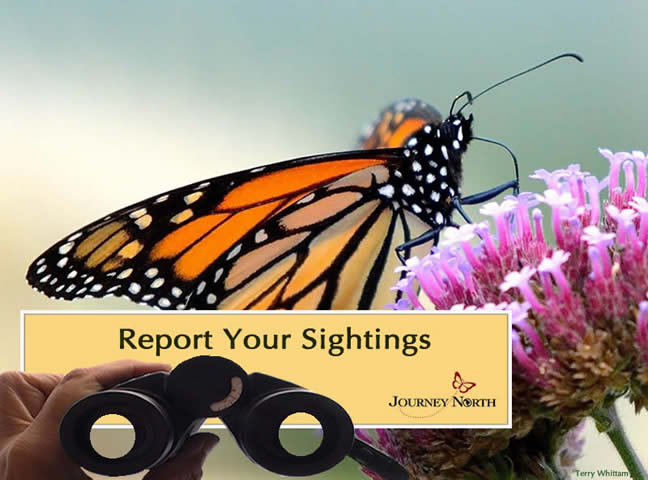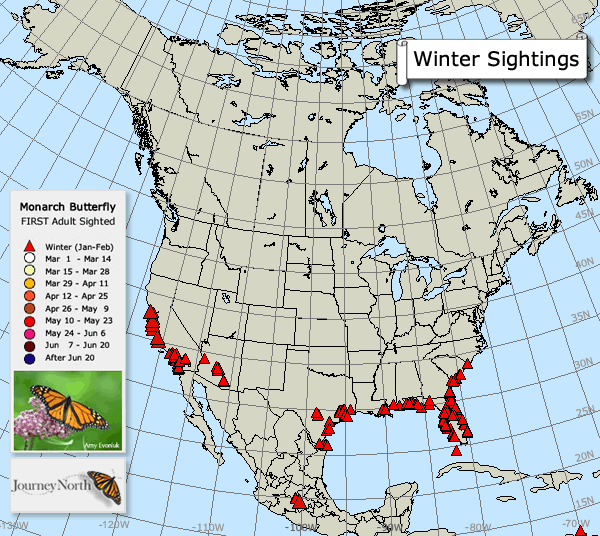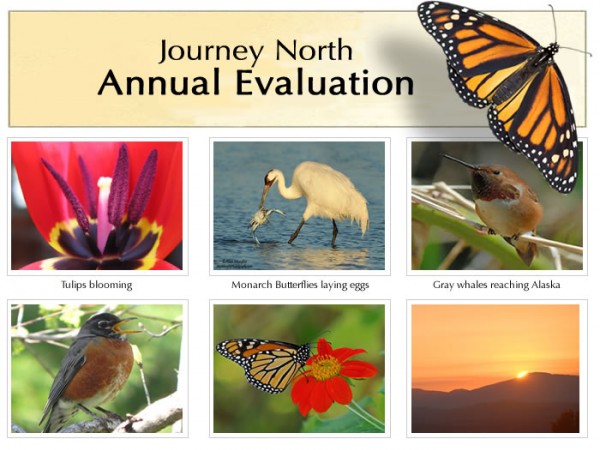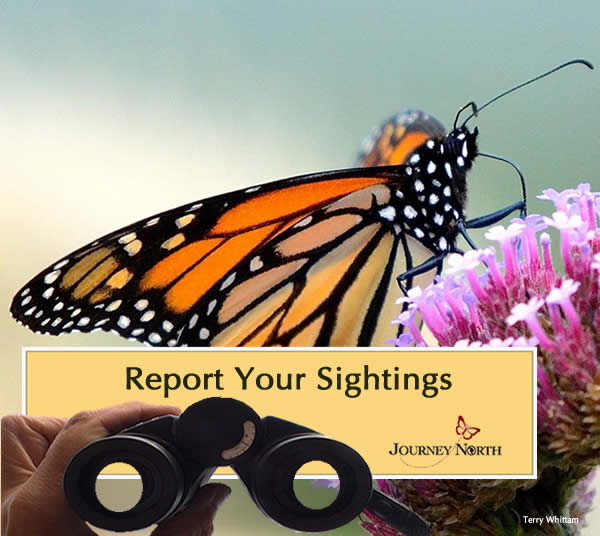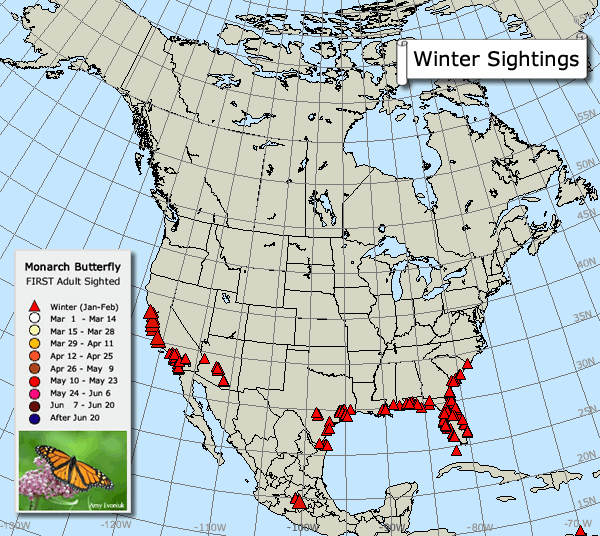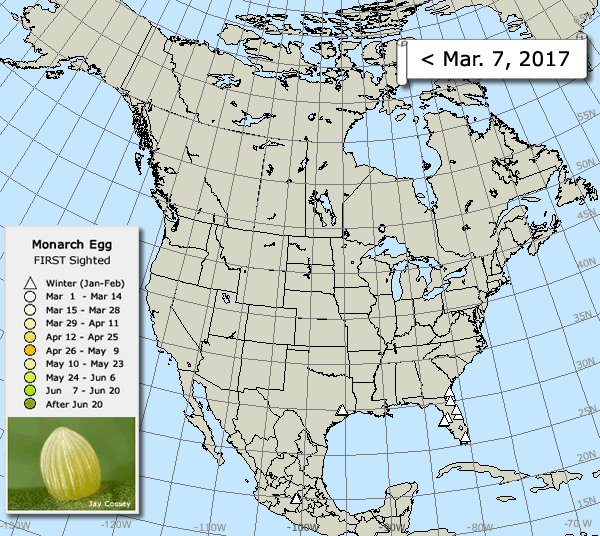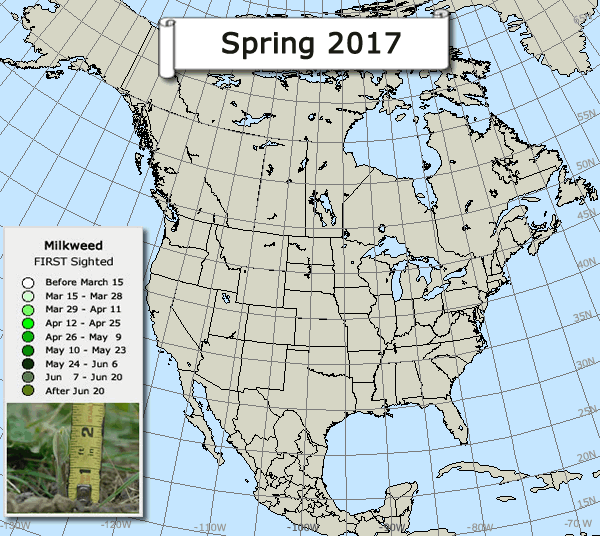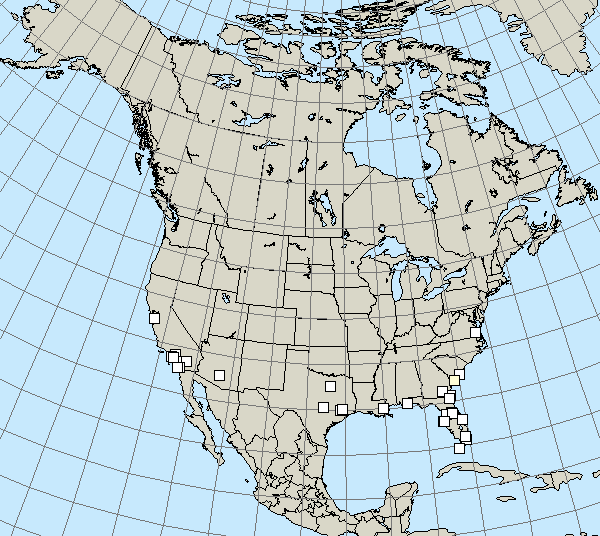Reaching the End
Approaching Eastern Extent
The migration has reached eastern Canada's Maritime Provinces, almost the northeastern limit of the breeding range. This week's sightings from New Brunswick are 3,000 miles from Mexico's overwintering sites. The journey has taken 14 weeks and two generations.
New Brunswick: "This lonely male spent the afternoon hanging out in the milkweed patch beside my house," wrote K. White on June 13th from Keswick.
Reaching Northernmost Regions
Our northernmost monarch is at latitude 51°N in Saskatchewan, which is 2,000 miles due north of the winter sanctuaries.
Sasketchewan: "Saw at least 3 individual monarch butterflies, along with 4 tiger swallowtails, a whole flock of painted ladies (a.k.a. "King Willies" locally), plus a bee moth, and 3 different sizes of bumblebees - all flittering and buzzing around our Meyer little-leaf lilac hedge today! Our milkweed patch is coming up nicely, too, so it's ready." wrote Gail Jopko on June 12th from Rhein.
Migration Almost Complete
This map shows how far north milkweed grows — and the northern extent of monarch migration.
"Now we need sightings from Alberta, Prince Edward Island, and Newfoundland and Labrador (NFL) to have had monarch sightings from 10 provinces this year," wrote monarch expert Don Davis from Toronto.
Local Breeding Season
How many generations will monarchs produce this summer where you live? Use this calendar to estimate the timing. Watch for butterfly numbers to build each time a new generation emerges. The population will be at its peak when fall migration begins in August.


